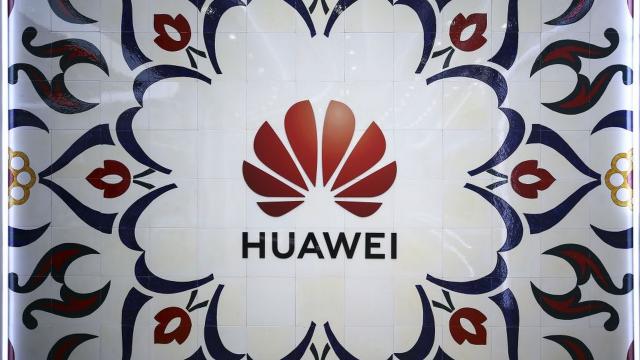The U.S. Commerce Department of Commerce has confirmed that Huawei will be given an extra 90 days before being added to its Commerce Entity List.
This will allow the company to continue trading with U.S. companies in order to service and finish up work with current customers.
It also means that the Mate 30 series will launch with Android.
[referenced url=”https://gizmodo.com.au/2019/08/huawei-finally-reveals-its-homegrown-alternative-to-android/” thumb=”https://i.kinja-img.com/gawker-media/image/upload/t_ku-large/c0qsoxqhl24psftnodr9.jpg” title=”Huawei Finally Reveals Its Homegrown Alternative To Android” excerpt=”After a US crackdown forced Huawei to imagine a future without access Android, the Chinese smartphone giant began working on its own alternative to Google’s ubiquitous mobile OS. Now, at the company’s annual developer conference, Huawei has finally shared the first official details on its homegrown alternative to Android.”]
The ‘temporary general license’ was granted due to the initial 90-day license having an August 19 expiration date.
The first reprieve was granted after the Trump Administration signed an executive order that prevented U.S. companies from purchasing telecommunications equipment from foreign companies that were considered a national security risk.
The U.S. department of Commerce had already conveniently declared Huawei and 68 of its subsidiaries to be risks several days before the order was signed. An additional 46 subsidiaries was added to the list at the same time as this week’s license extension.
Huawei’s displeasure with this decision has been evident.
“We oppose the US Commerce Department’s decision to add another 46 Huawei affiliates to the Entity List,” the company said in a statement.
“It’s clear that this decision, made at this particular time, is politically motivated and has nothing to do with national security. These actions violate the basic principles of free market competition. They are in no one’s interests, including US companies. Attempts to suppress Huawei’s business won’t help the United States achieve technological leadership. We call on the US government to put an end to this unjust treatment and remove Huawei from the Entity List.”
The company also continued to criticise Trump Administration’s initial ban, despite the temporary reprieve.
“The extension of the Temporary General License does not change the fact that Huawei has been treated unjustly. Today’s decision won’t have a substantial impact on Huawei’s business either way. We will continue to focus on developing the best possible products and providing the best possible services to our customers around the world.”
While President Trump announced the possibility of easing these restrictions at the Group of 20 Summit in Osaka back in July, there has been no clarification on whether that will happen. So far it has only been stated that trade licenses will be given on an individual basis so long as, “there is no threat to U.S. national security.”
At the present time the extended license will only allow Huawei to purchase U.S. parts in order to service customer orders that occurred before the ban. Any new products will require additional licensing.
Fortunately for Huawei, this means that its next flagship device, the Mate 30, will include Android as well as its future updates.
Despite usually launching in October, this year the Mate series will be arriving in September, presumably because of its issues with the U.S.
The announcement of its own HarmonyOS at Huawei’s Developer Conference in early August indicated that the company was preparing for the possibility of launching the series without Android. Fortunately, that won’t be a reality.
There are also rumours that its delayed foldable, the Mate X, will launch alongside the Mate 30 in September. This would also presumably allow it to run Android.
Of course, if no further clemency is granted after the new November deadline, these may be the last Huawei devices we see with Android. While this will at least give the company time to fine tune HarmonyOS before the next P-Series launches in 2020, it still throws the future of Huawei’s presence in the West into turmoil.
Even before this year’s national security concerns/trade war there was already a predominant narrative in countries like Australia and the U.S. about Huawei handsets being “China Spy phones”.
Trying to push an unfamiliar operating system on devices that also lack American-based apps such as the entire Google suite and major social media clients, seems like an impossible sell.
Only time will tell how this entire situation will play out. The only thing that is for certain is that this wild ride isn’t likely to end anytime soon.
